Die meisten Gamer dürften von Satoru Iwata das erste Mal gehört haben, als dieser im Jahre 2002 zu Nintendos Firmenpräsidenten aufgestiegen ist. Doch bereits in den Jahren zuvor beeinflusste er Spiele für Nintendos Konsolen als Programmierer und anschließend als Präsident von HAL Laboratory.
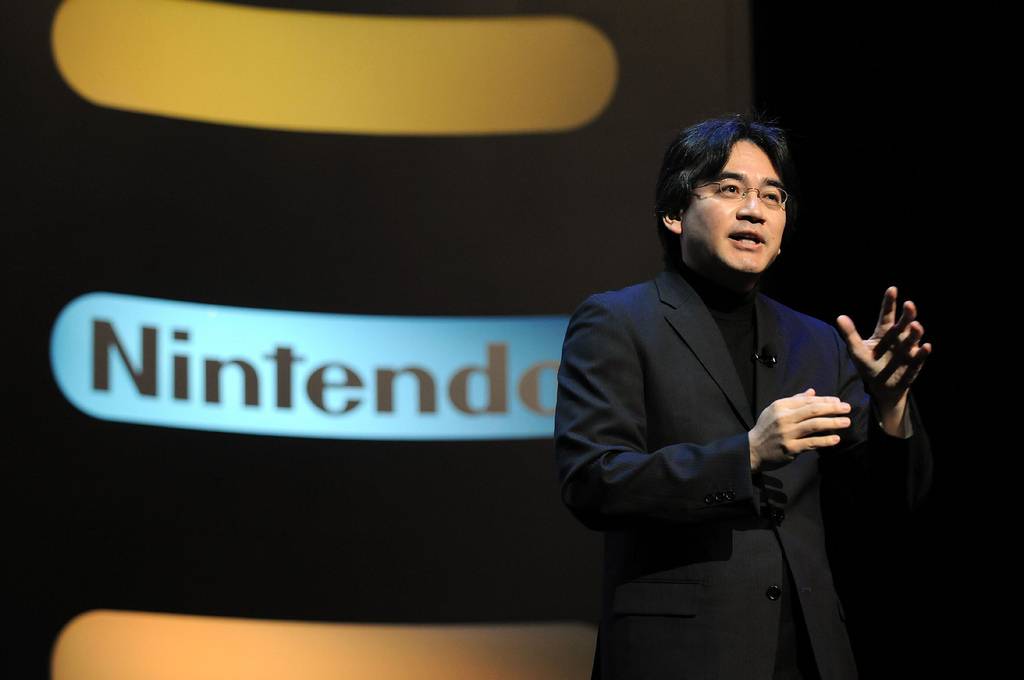
Viele wissen jedoch nicht, was für ein begabter Programmierer Iwata wirklich war. Bereits vor und während seines Studiums entwickelte er zum Zeitvertreib simple Spiele für seinen Taschenrechner. Während seiner Karriere bei HAL arbeitete er auch als Freelancer und programmierte mit unter „Balloon Fight“ und „NES Open Golf“.
Geboren am 06. Dezember 1959 in der Hokkaido Präfektur in Japan, begann Iwata nach einem erfolgreichen Studium der Computer Wissenschaften an der Hochschule in Tokio, seine Karriere beim 2nd Party Developer HAL Laboratory.
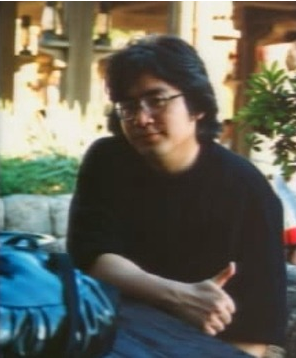
Dort arbeitete er zusammen mit Masahiro Sakurai an wichtigen Nintendo IP’s wie „Kirby“ oder „Super Smash Bros.“. Gerade die Entwicklung von „Kirby“ brachte sowohl Sakurai als auch Iwata ein hohes Ansehen ein. Das simple und doch spaßige Spielprinzip des knuddeligen Charakters spiegelte genau die Philosophie wieder, für die Nintendo in den späteren Jahren berühmt werden sollte.
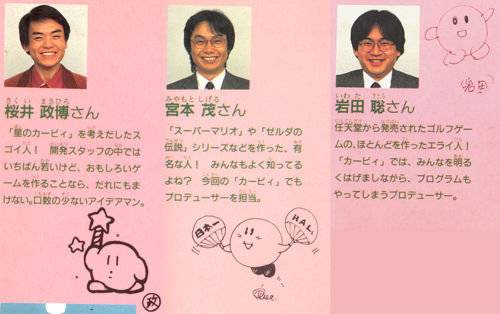 (v.l.n.r Masahiro Sakurai, Shigeru Miyamoto, Satoru Iwata)
(v.l.n.r Masahiro Sakurai, Shigeru Miyamoto, Satoru Iwata)
In den letzten paar Jahren geriet die „Earthbound“-Reihe vor allem durch Ness’ Auftritt in „Super Smash Bros.“ immer mehr ins Rampenlicht. Auch hier hatte Nintendos Präsident die Finger im Spiel. Das Entwicklerstudio Ape hatte so einige Probleme, das Spiel zu programmieren, sodass es mit der Hilfe von HAL zum Abschluss gebracht werden musste. Wären diese nicht zur Seite gestanden, hätte es sein können, dass es nie einen zweiten Teil der Earthbound (Mother in Japan) – Reihe gegeben hätte.
Auch Pokémon-Fans sollten in diesen Tagen an den guten Mann denken. Noch vor dem Release von „Pokémon Silber und Gold“ gerieten die Entwickler bei GameFreak an das Speicherlimit der Gameboymodule. Satoru Iwata gelang es dank eines Komprimiervorgangs die Daten so sehr zusammen zu stauchen, dass die gesamte Kanto-Region aus „Pokémon Rot, Blau und Gelb“ darauf platz fand.
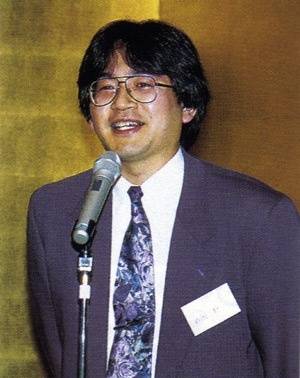
Wie bereits erwähnt, haben wir dem Duo neben „Kirby“ auch Nintendos Fighting-Reihe „Super Smash Bros.“ zu verdanken. Die Entstehung der Reihe war nur aufgrund der aufopferungsvollen Arbeit möglich gewesen. Während Sakurai für das Design sowie das Gameplay zuständig war, übernahm Iwata die komplette Programmierarbeit auf sich, um das rohe Spiel anschließend den Vorstandsvorsitzenden zu präsentieren. Wie wir wissen, wurde das Spiel durchgewunken und ist nun eine von Nintendos profitabelsten Spielereihen.
Aufgrund seiner hervorragenden Arbeit wurde Satoru Iwata im Jahre 1993 zum Firmenpräsidenten von HAL Laboratory ernannt, dessen Posten er bis zum Jahr 2000 bekleidete und dann für eine relativ kurze Zeit zum General Manager von Nintendo avancierte.
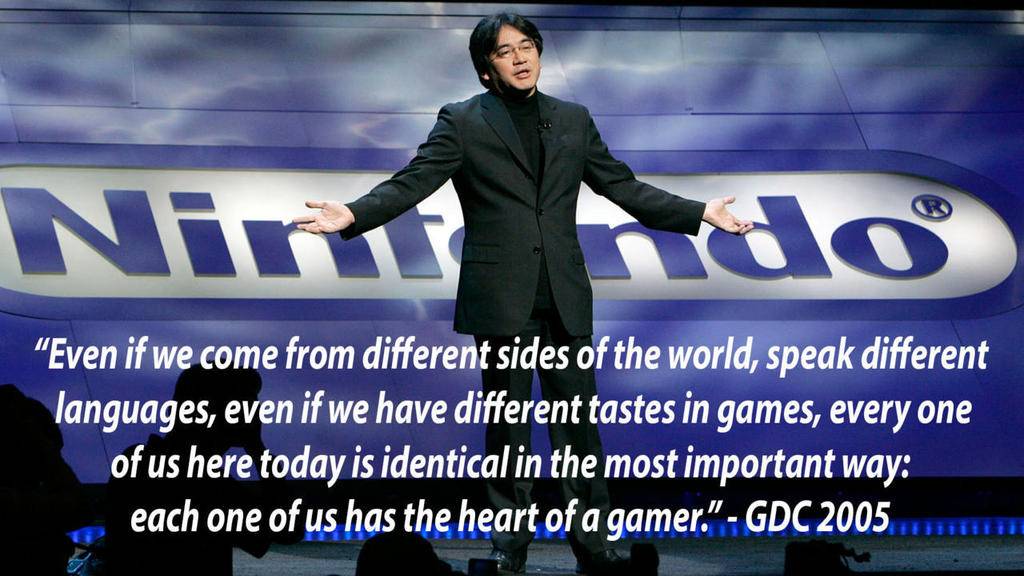
Anbei ein Interview mit ihm aus einem japanischen Spielemagazin im Jahre 1985:
Satoru Iwata, Company: HAL Laboratories,
Famous for: Hole in One (MSX)
Q1. How/why did you become a video game designer?
Because I like games.
Q2. Are you religious?
No.
Q3. What are you most scared of?
Earthquakes.
Q4. What is the ultimate fast food?
A big portion of mixed chuukadon.
Q5. Do you have a reoccurring dream?
I only dream rarely.
Q6. If you hadn’t been a game designer, what would you have been?
A normal programmer.
Q7. Are you a person who loves eating?
Yes.
Q8. What is the thing you want most in the world now?
A car.
Q9. What was the first game you ever played?
Terebi Tennis.
Q10. What do you hate most about computers?
How incredibly stupid they can be.
Q11. What do you like best about computers?
How incredibly fast they are at calculations, and that they never forget anything.
Q12. What is your favorite game?
Akio Hanyuu. 2
Q14. Who is your favorite manga artist?
Rumiko Takahashi.
Q15. Do you feel a special pride for any of the games you’ve created?
Hole in One, Rollerball, Tetsuman.
Q16. What qualities are necessary to be a game designer?
1. lots of patience
2. a glint in the eye
3. liking games
Q17. Do you play games outside of work?
No.
Q18. How does one become a game designer?
Train at HAL Labs.
Q19. Is there money in being a game designer?
Yes.
Q20. Is there a future to the career of game designer?
Yes. Definitely!
Anbei noch ein weiteres Interview aus früheren Tagen.
Im Jahr 2002 wurde Satoru Iwata von Nintendos damaligem Präsidenten Hiroshi Yamauchi in dessen Büro zitiert. Der festen Überzeugung er würde gefeuert werden, wurde Iwata allerdings zum nächsten Präsidenten von Nintendo ernannt. In Nintendos über hundert jährigen Geschichte war er nun die erste Person an der Spitze des Unternehmens, die nicht mit der Yamauchi Familie verwandt war.
Ab diesem Zeitpunkt spielte er eine maßgebliche Rolle an Nintendos erneutem Aufstieg in der Videospielbranche.
Auf der GDC 2005 hielt er eine wegweisende Rede und lies einen seiner meist zitierten Sätze fallen. „On my business card, I am a corporate president. In my mind, I am a game developer. But in my heart, I am a gamer.“
[youtube id=“RMrj8gdUfCU“ width=“633″ height=“356″]
Nach der erfolgreichen Veröffentlichung des Nintendo DS im Jahre 2005 (Ende 2004 in Japan) und der Wii im Jahre 2006 konnte man die Philosophie Iwatas wunderbar nachvollziehen. Ihm war der ständige Aufrüstkrieg der Konsolen zuwider. Innovationen waren das Stichwort und dank der Bewegungssteuerung der Wii sowie dem Touchscreen des DS, konnten Spieler, egal welchen Alters, Videospiele auf eine ganz neue Weise erleben.
Im Jahr 2011 hostete er die erste „Nintendo Direct“ – Sendung, in der er zusammen mit Gastmoderatoren (darunter Shigeru Miyamoto, Reggie Fils-Aime und Satoru Shibata) Neuigkeiten rund um die Spielewelt von Nintendo berichtete. Zusammen mit seiner Fragerunde „Iwata asks“ brachte er einen Milliarden Konzern in die Wohnzimmer der Menschen und gab dem Unternehmen ein freundliches Gesicht.

Gerade durch seine freundliche Art und der Tatsache, dass er sich selbst nicht allzu ernst nahm, wurden seine Sprüche und Gesichtsausdrücke zu Memes und verbreiteten sich rasend schnell im Internet. Sätze wie „Please understand“ oder das wortlose anstarren und halten einiger Bananen machten ihn schnell zur Kultperson.
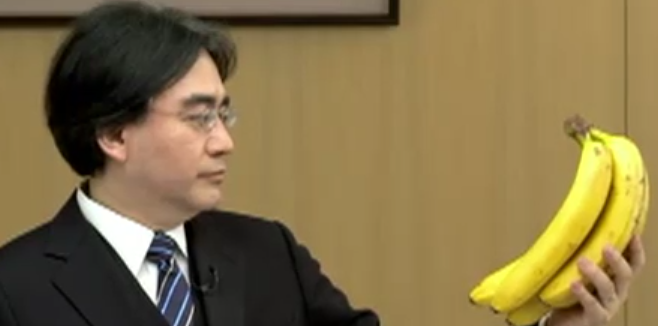
Auch seine Fähigkeit Fehler einzugestehen, wurde nicht nur von seinen Mitarbeitern geschätzt. Als Nintendo aufgrund der Wii U Verluste einfahren musste, halbierte er sein Gehalt für 4 Monate, um dem Konzern das Geld zu überlassen. Auf die Frage ob er Mitarbeiter entlassen würde, um die Verluste zu subventionieren, sagte er folgendes:
„I sincerely doubt employees who fear that they may be laid off will be able to develop software titles that could impress people around the world.“ Sounds like a pretty solid boss who actually has his employee’s bests interests at heart, if he refuses to give them the ax despite the company’s struggling financials.
„I also know that some employers publicize their restructuring plan to improve their financial performance by letting a number of their employees go,“ Iwata explained, „but at Nintendo, employees make valuable contributions in their respective fields, so I believe that laying off a group of employees will not help to strengthen Nintendo’s business in the long run.“
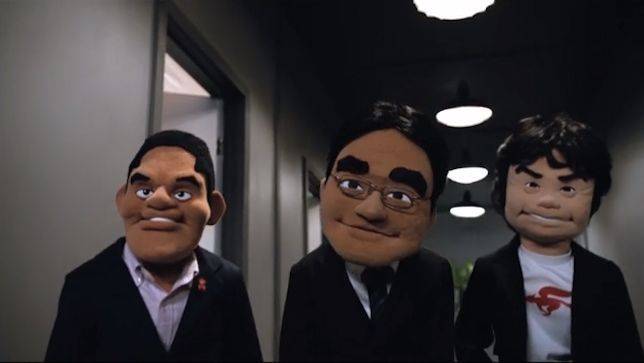
Im Jahr 2014 unterzog er sich einer notwendigen Operation, bei der ein Tumor entfernt werden musste. Daraufhin sagte er die E3 2014 ab und erschien auch im darauffolgenden Jahr nur in Puppenform. Diese „Nintendo Digital Event“- Ausgabe zeigte ihn, Reggie und Miyamoto als Puppen aus den renommierten Jim Hanson Studios, die durch die Muppets weltberühmt wurden.
Satoru Iwata ist am 11. Juli 2015 an den Folgen von Gallenkrebs verstorben. Er hinterlässt eine Ehefrau und zwei Kinder sowie ein immenses kulturelles Erbe und einen leeren Präsidentenstuhl. Bis auf weiteres werden Shigeru Miyamoto und Genyo Takeda (beide General Manager bei Nintendo) diesen Platz übernehmen, bis ein Nachfolger gefunden ist.
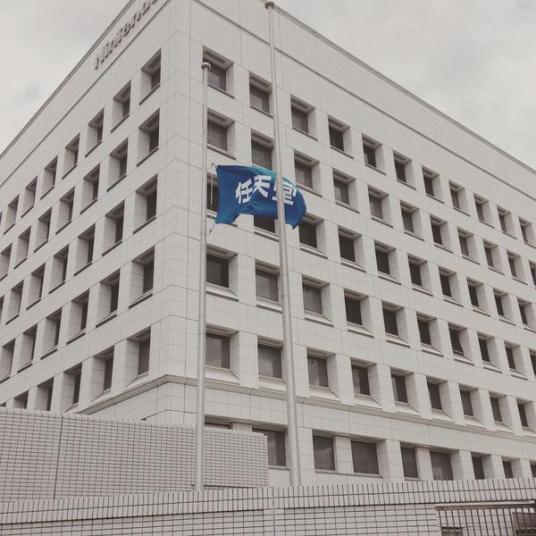
Über 4.000 Menschen kamen nach Kyoto, um Iwata die letzte Ehre zu erweisen. Auf der Beerdigung nahmen neben namhaften Nintendo Mitarbeitern wie Shigeru Miyamato, Reggie Fils Aime oder Bill Trinen auch viele weitere bekannte Köpfe der Videospielbranche teil. Darunter waren unter anderem Hideki Kamiya von Platinum Games, Iwatas „Schüler“ Masahiro Sakurai und Yuji Naka (Erfinder von Sonic).
Aber auch weltweit nahmen Nintendofans Abschied, indem sie in Foren und sozialen Netzwerken ihr Beileid aussprachen, viele rührende Bilder malten oder sich im Nintendo Word Store (New York) in das Kondolenzbuch eintrugen.
Unter anderem auch „Mother“ aka „Earthbound Erfinder Shigesato Toi:
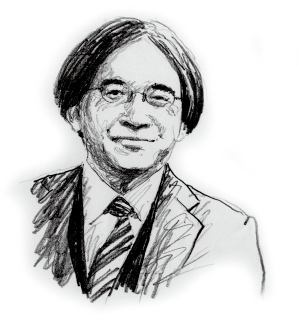 “No matter the farewell, I think the most appropriate thing to say is “we”ll meet again.” We are friends so we”ll see each other again. There is nothing strange about saying it. Yeah. We’ll meet again.
“No matter the farewell, I think the most appropriate thing to say is “we”ll meet again.” We are friends so we”ll see each other again. There is nothing strange about saying it. Yeah. We’ll meet again.
Even if you didn’t have the chance to put into words how sudden it was going to be, how far you’d be traveling, or how you went much earlier than expected, I know you went wearing your best.
You always put yourself second to others no matter what, helping anyone who needed it whenever they needed it. You were that kind of friend. Although you may have been a little selfish for the first time ever by taking this journey.
The truth is though that I still don’t believe any of it. I feel like I am going to receive a message from you inviting me out to eat at any moment. I wouldn’t mind if you were to ask me like always if I had some free time. Even still, I’d ask you as well.
Still, “we’ll meet again.” It would be great to hear from you whenever and wherever; I’ll being calling to you too. I’ll call if I have something to discuss or I want to tell you a great new idea I’ve had. We’ll meet again. Then again, you’re here with me now.”
-Shigesato Itoi-
Zum Abschluss möchten wir euch das Transkript der bewegenden Trauerrede von Genyo Takeda zeigen, die er auf der Beerdigung gehalten hat.
„Iwata-san, you left us far too soon. Having just chaired our shareholders‘ meeting the other day on June 26, the news of your sudden death has left all the employees overcome with a deep sorrow. The late Yamauchi-san passed the baton to you in naming you the president of Nintendo in 2002, and the two Senior Managing Directors of the company, Shigeru Miyamoto and I, have been assisting and working alongside you.
Being rather short-tempered myself, the thing that I am most deeply struck by is that you were a true leader in every sense of the word, overflowing with compassion for people. You always maintained a two-way dialogue, even with the next generation of employees, or with much younger members of the development and marketing teams, or with employees outside of Japan whose different customs and cultures can make communication challenging — sometimes even admitting your own mistakes to them.
You demonstrated this through your belief that people could eventually come to understand one another, and your strong conviction that the best way for us to grow is through patient communication, even if it took several times, a dozen times or even seemingly endless discussion.
You succeeded in planting the seed in employees‘ hearts that, in order to solve an issue, there is a fundamental cycle whereby you make a hypothesis, execute the plan, see the result and then make adjustments, and by which you have caringly nurtured these seeds to sprout and mature into plants.
Until now, our successors and the younger generation would take a few first steps and then look back at you for guidance because they could not tell if they had chosen the right path. Today they cannot ask for your guidance anymore.
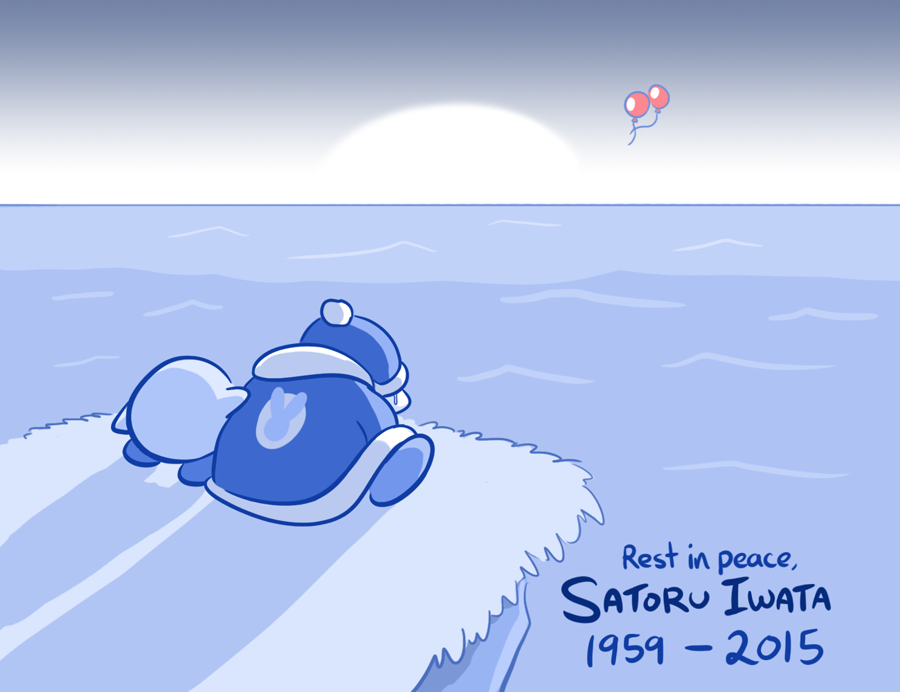
However, I am sure that they have already made the firm determination that they will continue on their own, making the hypothesis, executing the plan, seeing the results and reflecting on the results to improve and adjust by themselves.
In the face of your unbelievable passing it will surely take some time before we can emerge from this deep sorrow. Please know, however, that the seeds you have planted, and the plants that have sprouted will put forth small flowers as they bring smiles to the faces of people around the world, blossom into a grand flower bigger than even you, our leader, Iwata-san.
Together with Miyamoto and others of our generation, we swear in our hearts that we will continue our efforts so that, someday, we can report and present to you the blossoming of these flowers. May you continuously watch over and guide us managers, our employees and your family.
On behalf of all of us, I would like to offer my heartfelt condolences and sincerest prayer. May you rest in peace, Iwata-san.“
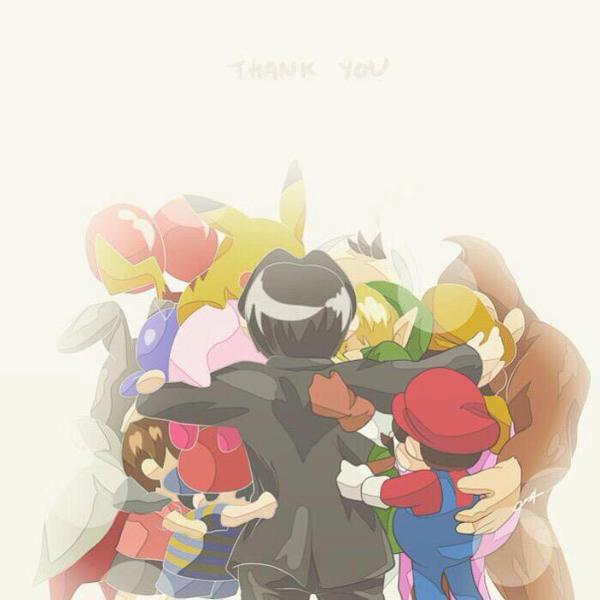
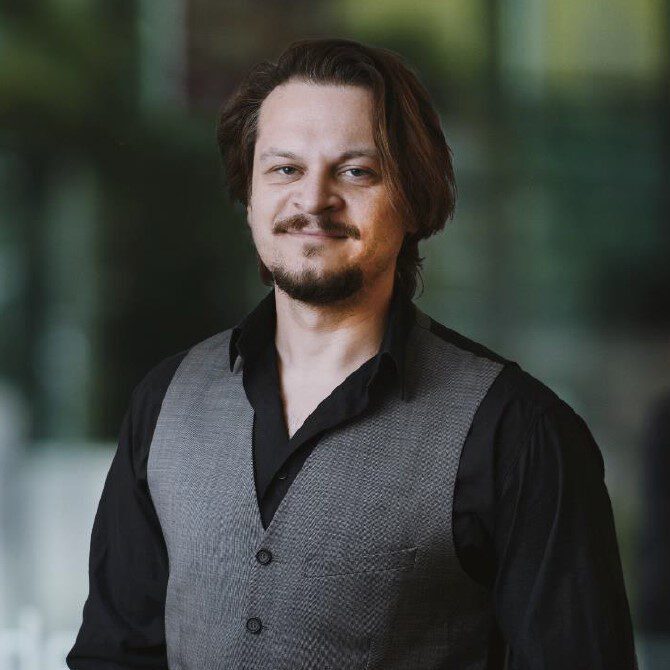
Schon seit meinem dritten Lebensjahr bin ich leidenschaftlicher Videospieler. Angefangen hat alles mit dem Nintendo Entertainment System – seitdem begleitet mich die Faszination für interaktive Welten bis ins Erwachsenenalter. Heute verbinde ich diese Leidenschaft mit meinem Beruf: Als PR-Manager, freier Redner und Texter arbeite ich in der Games- und Medienbranche und betreue Projekte rund um kreative Köpfe und spannende Marken. Ein besonderer Schwerpunkt meiner Arbeit liegt im Management und in der Betreuung japanischer Videospielentwicklertalente, die ich auf Conventions und Events weltweit vertrete.


